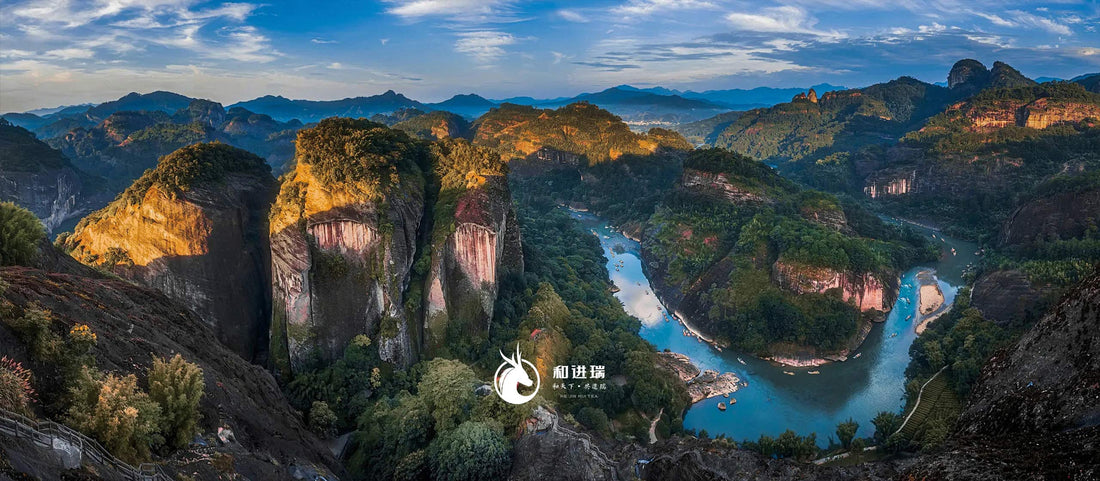
Lapsang Souchong: The Tea That Changed the World’s History
Share
When we talk about teas that shaped the world, few can match the story of Zhengshan Xiaozhong (Lapsang Souchong). Known as the ancestor of black tea, this humble leaf from the misty mountains of Wuyishan sparked a global love affair that forever changed how the world drinks.
The Birth of Black Tea
Four hundred years ago in Tongmuguan, Wuyishan, tea makers experimented with a new method of crafting tea. Instead of producing green or oolong teas, they allowed the leaves to fully oxidize—giving rise to what we now call black tea. This innovation, Zhengshan Xiaozhong, became the very first of its kind.

From its birthplace in Fujian, black tea traveled by ship to Europe in the 17th century. In the Netherlands, Britain, and beyond, it quickly became a symbol of refinement. Afternoon tea culture, the London tea trade, even the Boston Tea Party—all of these moments in history trace back to the arrival of this very tea.
Flavor Unlike Any Other
What makes Lapsang Souchong special isn’t just its history—it’s the taste. The tea leaves are plump and dark, carrying the fragrance of pine resin and dried longan. When steeped, they unfurl into a brilliant ruby-red liquor that is smooth, rich, and layered with smoky sweetness and honeyed depth.
Unlike ordinary black teas, this one retains the high mountain character of Wuyishan—floral, fruity, and endlessly complex. It’s the kind of tea that leaves its signature long after the cup is finished.
A Rare Treasure of Wuyishan
Today, authentic Lapsang Souchongstill comes from its original birthplace: Tongmuguan in the Wuyi Mountains. Only here do the perfect conditions exist—high altitude, mineral-rich soil, and misty forests—that give this tea its unmistakable character.
Not all “Lapsang Souchong” you see in the West is the real deal. Many are overly smoked imitations. True Zhengshan Xiaozhong is refined, balanced, and carries a sweetness that complements its gentle pine aroma.
Why It Matters Today
Lapsang Souchong is more than just tea—it’s a living piece of history. The tea that began in Wuyishan not only introduced the world to black tea but also laid the foundation for global tea culture as we know it today.
When you sip it, you’re not just drinking tea. You’re tasting a story that has crossed oceans, shaped empires, and survived centuries. A story that continues to unfold, one cup at a time.
